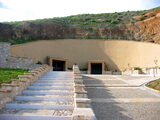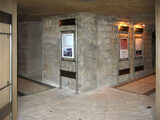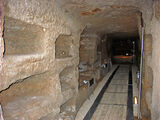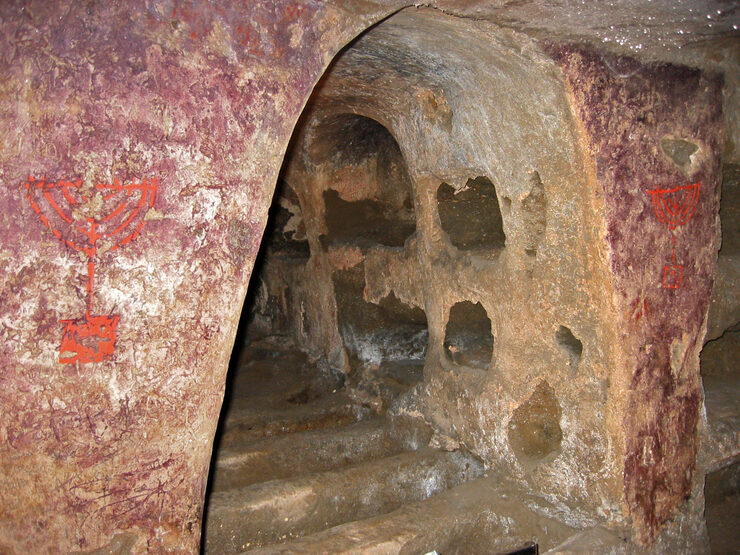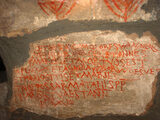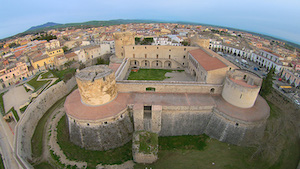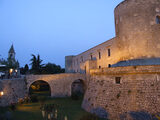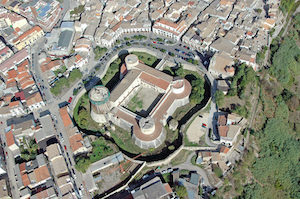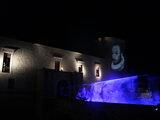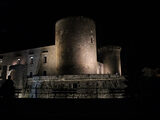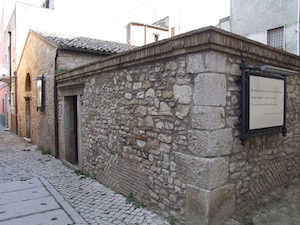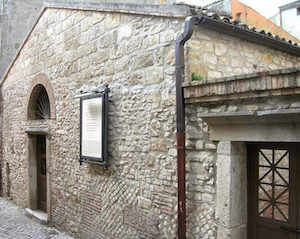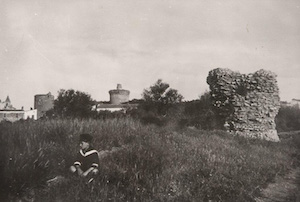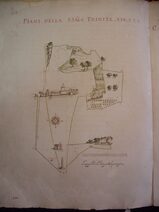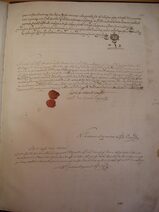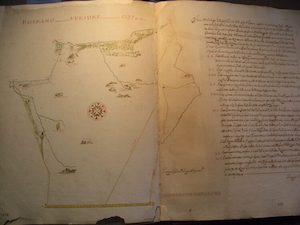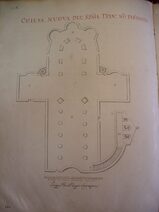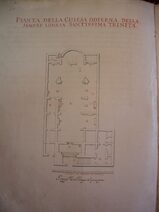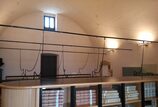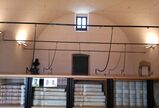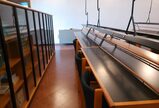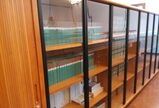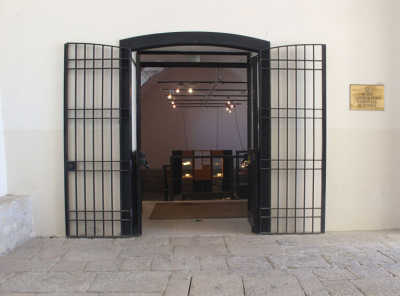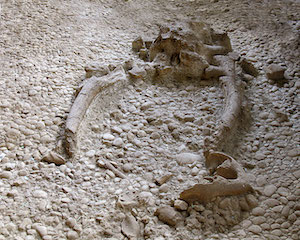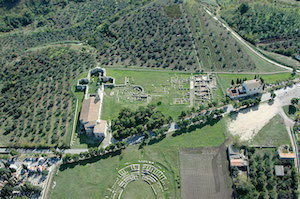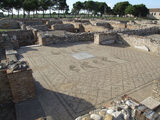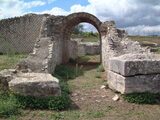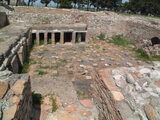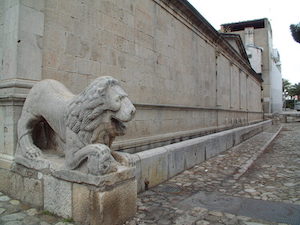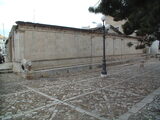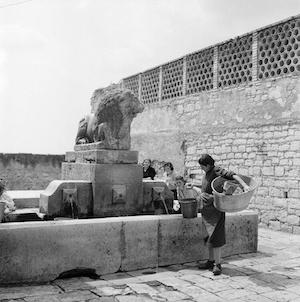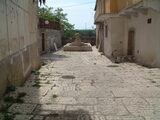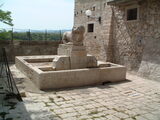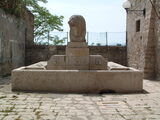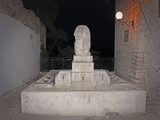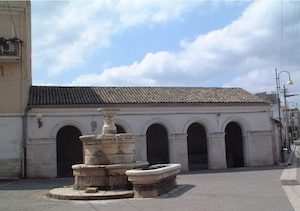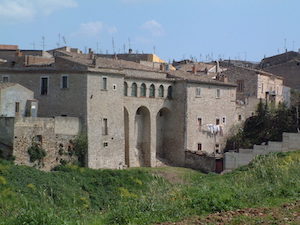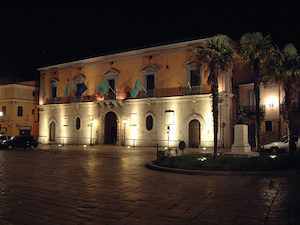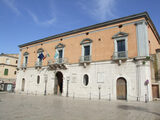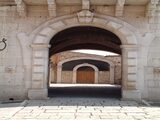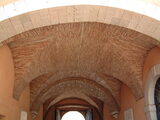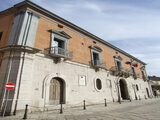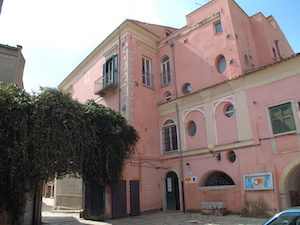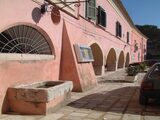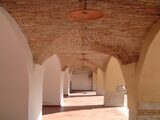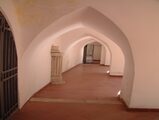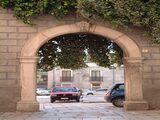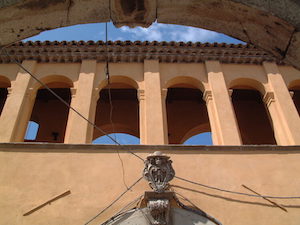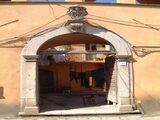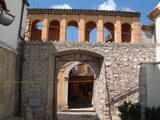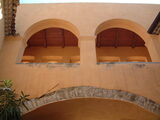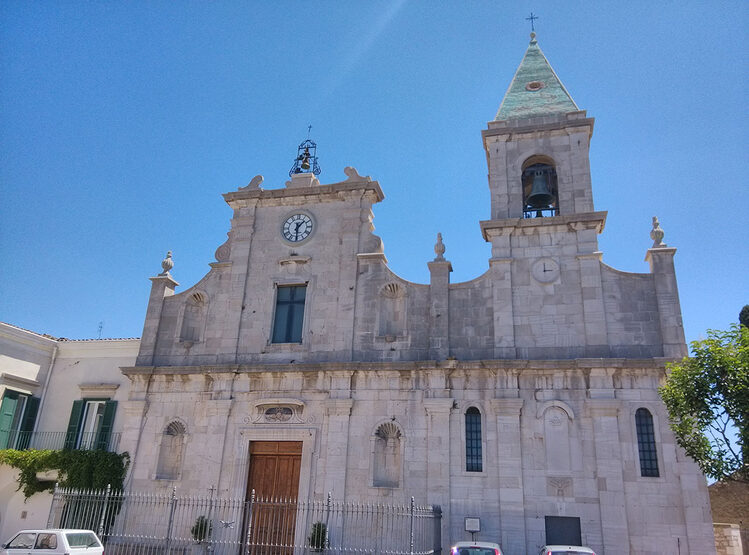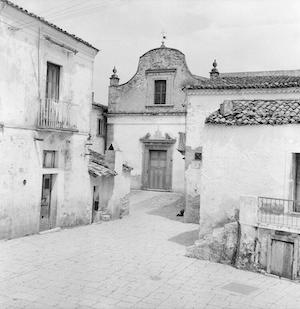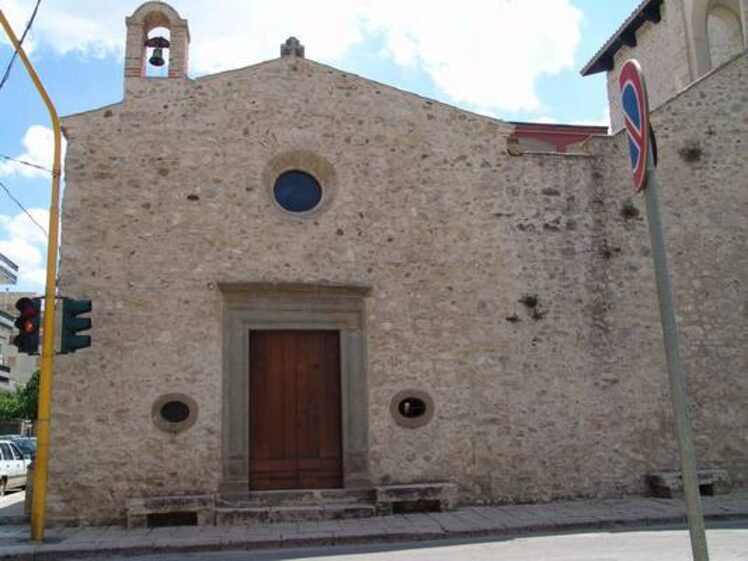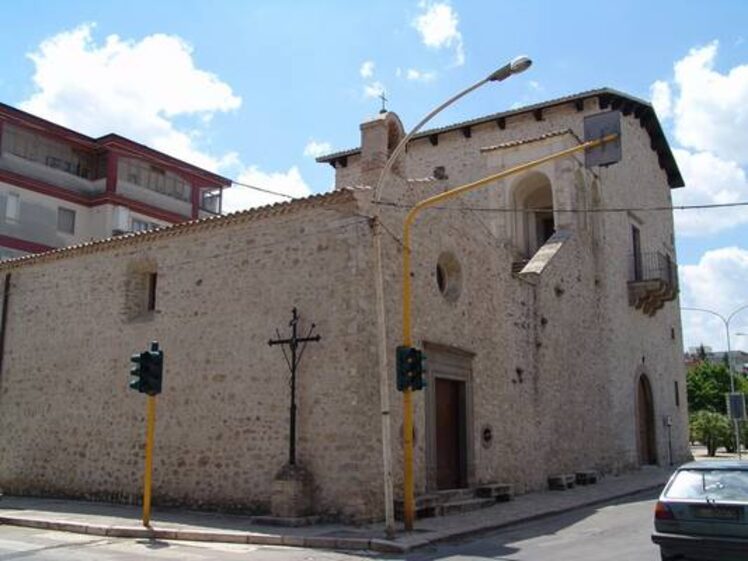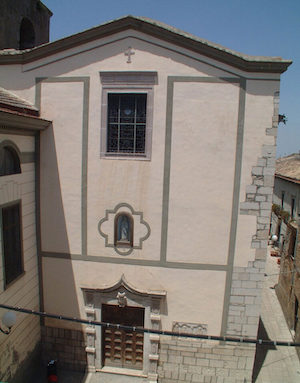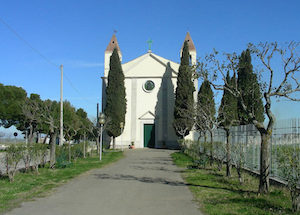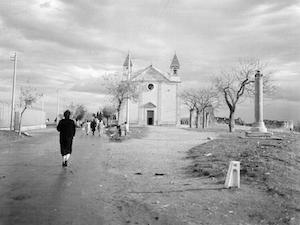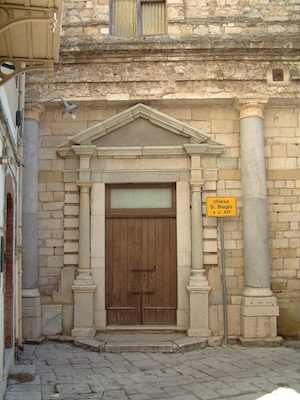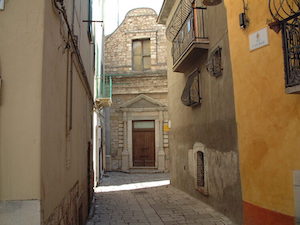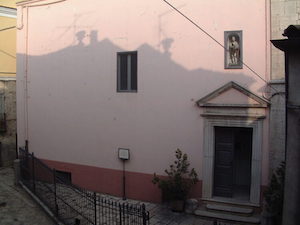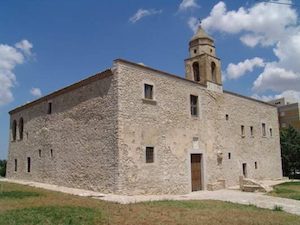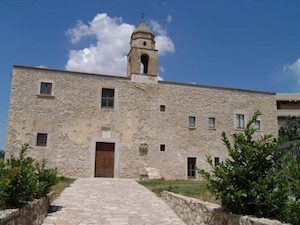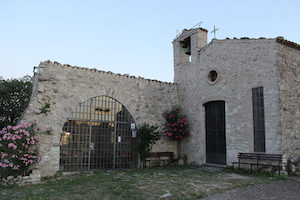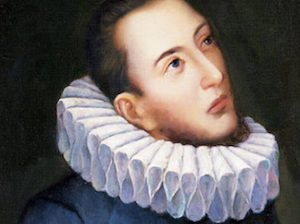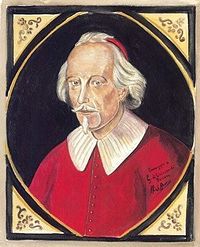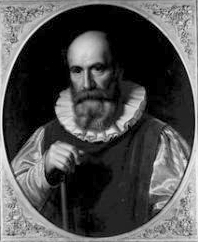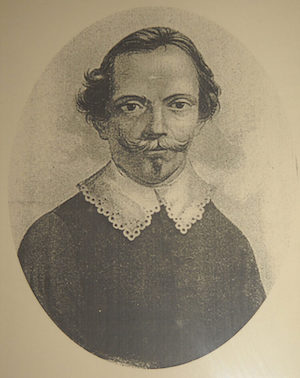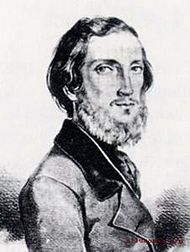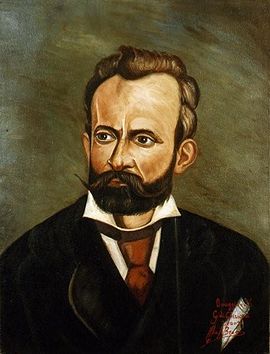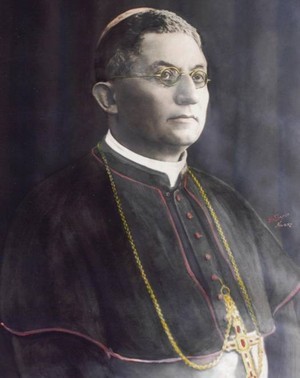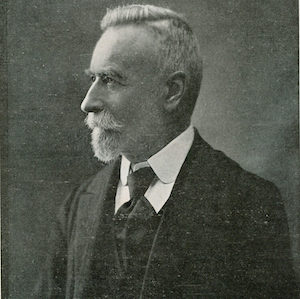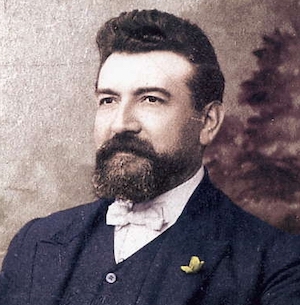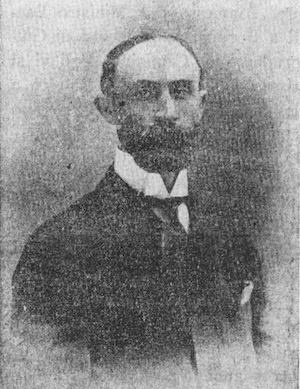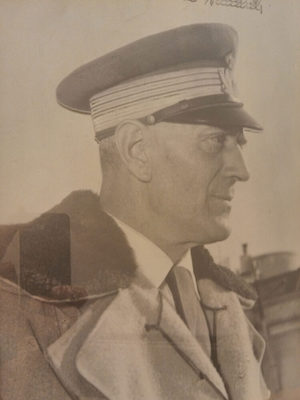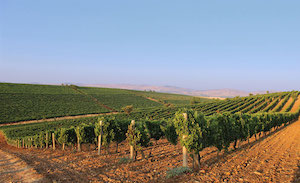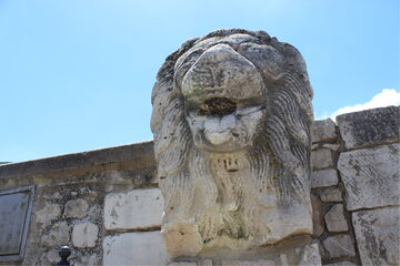
| The first communities |
| The beginning of Roman expansionism |
| Growth after the Roman conquest |
| The late ancient age |
| The decline of the Western Roman Empire |
| The Lombard rule |
| Saracens and Byzantines |
| The Normans |
| The Benedictine monks and the Jerusalemites |
| The Swabians |
| The Angevin dynasty |
| The feudal period |
| The Gesualdi period |
| From the Gesualdo to the Ludovisi |
| The XVIII century |
| The popular uprising of 1848 |
| National unification |
| Land reform after the Second World War |
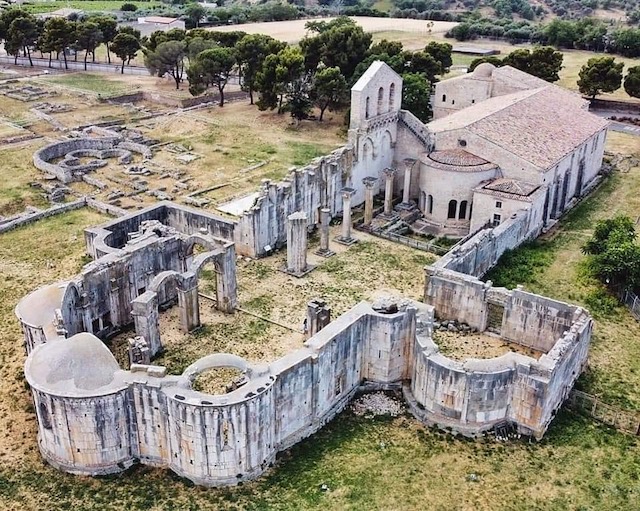
| Abbey of the Holy Trinity: introduction |
| Abbey of SS. Trinity: construction |
| Abbey of SS. Trinity: the interior of the abbey |
| Abbey of SS. Trinity: The unfinished temple |



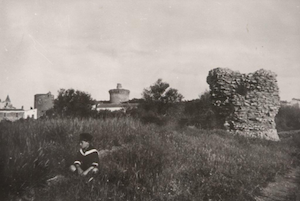
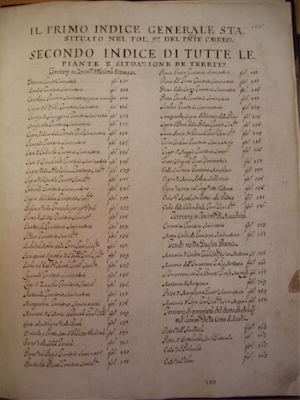
| The Baliaggio (bailiwick) and the Balì (bailiff) |
| From the Benedictines to the Spedalieri |
| The annuities |
| XV century, the Baliaggio (Bailiwick) becomes autonomous |
| Administrative restructuring: the cabrei (inventories) |
| The Cicinelli Cabreo (the Cicinelli inventory) |
| Napoleon and the French decade |
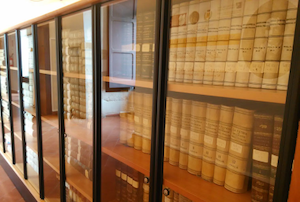
| The "Monsignor Rocco Briscese" Civic Library |
| Information on the use of the Library |
| The Historical Archive |
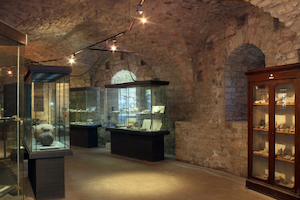
| National Archaeological Museum of Venosa |
| Paleolithic Museum. Paleolithic site of Notarchirico. |
| Archaeological Park (Domus, Terme, Amphitheater, Paleochristian Baptistery) |
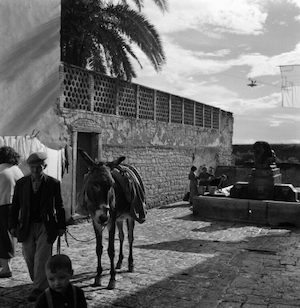
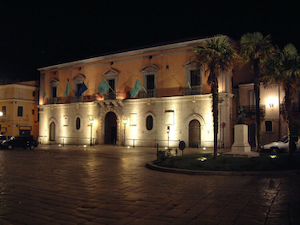
| Palace of the Captain or Commander (17th century) |
| Calvini Palace (XVIII century) |
| Rapolla Palace (19th century) |
| Dardes Palace |
| Episcopal Palace |
| Palazzo del Balì (bailiff palace) |
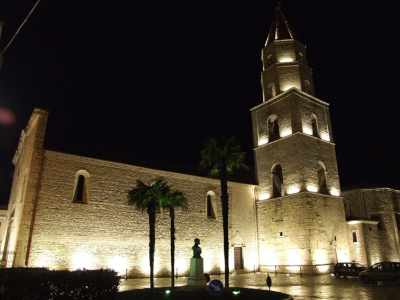
| Cathedral of Sant'Andrea Apostolo (16th century) |
| Cathedral of Sant'Andrea Apostolo: the layout of the church |
| Church of San Filippo Neri, known as del Purgatorio (17th century) |
| Church of San Martino dei Greci (13th century) |
| Church of San Michele Arcangelo (16th century), formerly dedicated to San Giorgio |
| Church of San Domenico (XVIII century) |
| Church of San Rocco (16th century) |
| Church of San Biagio (16th century) |
| Church of San Giovanni (16th century) |
| Monastery of the Madonna delle Grazie (15th / 16th century) |
| Monastery of the Madonna delle Grazie: the restoration for the 2000 Jubilee |
| Montalbo Monastery under the title of San Benedetto |
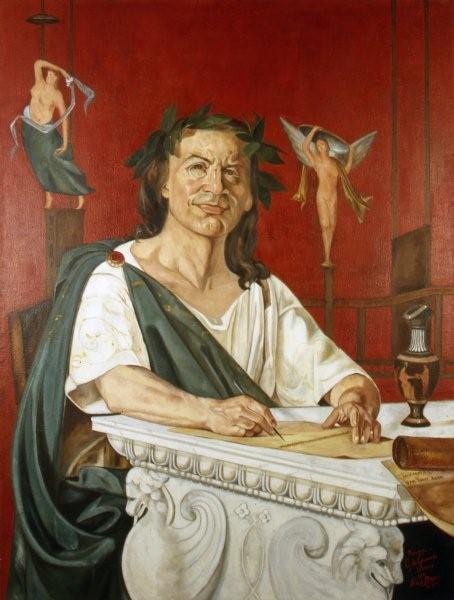
| Quinto Orazio Flacco |
| Quinto Orazio Flacco: training |
| Quinto Orazio Flacco: the success of the compositions |
| Quinto Orazio Flacco: the works |
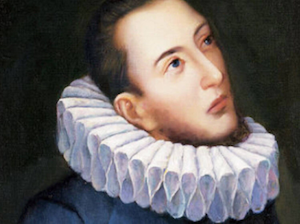
| Carlo Gesualdo |
| Carlo Gesualdo. The murder of his wife Maria D'Avalos and Duke Carafa |
| Carlo Gesualdo: The refuge in the Gesualdo fortress |
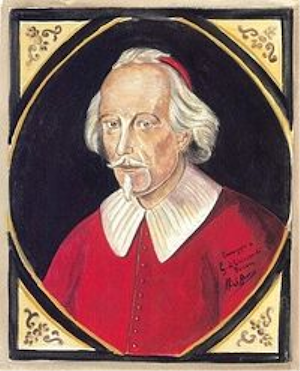
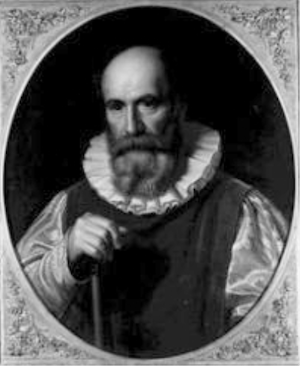
| Bartolomeo Maranta |
| Bartolomeo Maranta: studies |
| Bartolomeo Maranta: medical and botanical expertise |
| Bartolomeo Maranta: The trial of the Holy Inquisition and the return to Molfetta |
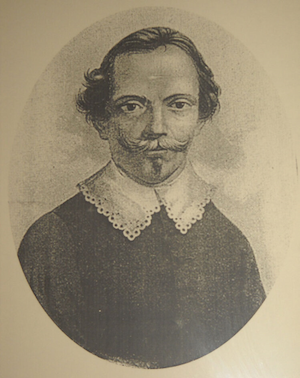
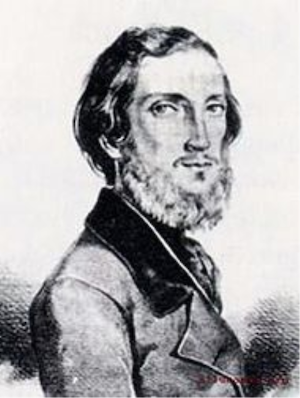
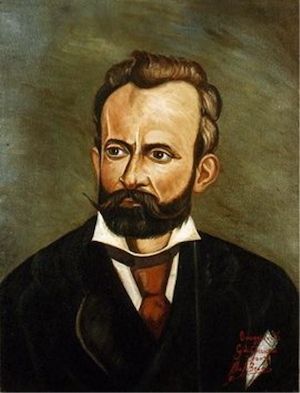
| Giacomo Di Chirico |
| Giacomo Di Chirico: training in Naples |
| Giacomo Di Chirico: The move to Rome |
| Giacomo Di Chirico: The return to Naples |
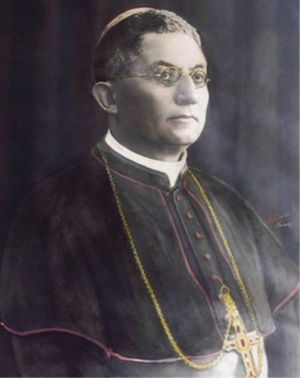
| Emanuele Virgilio |
| Emanuele Virgilio: organizational skills and the work of social redemption |
| Emanuele Virgilio: the appointment as bishop |
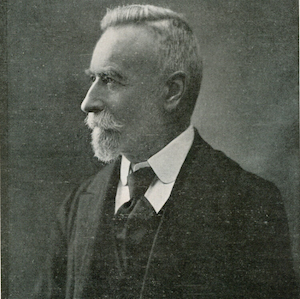
| Pasquale Del Giudice: Garibaldi's commitment and training in Naples |
| Pasquale Del Giudice: university teaching and publications |
| Pasquale Del Giudice: the main works and the prestigious assignments |
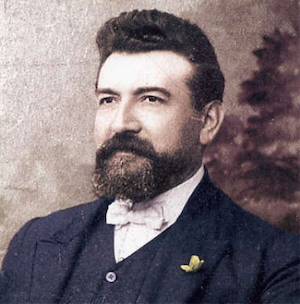
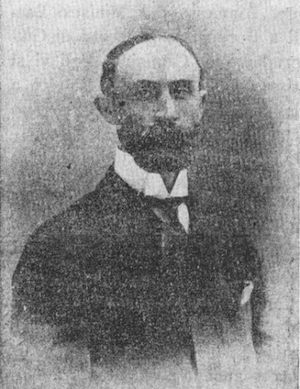
| Vincenzo Tangorra |
| Vincenzo Tangorra: university teaching |
| Vincenzo Tangorra: political commitment |
| Vincenzo Tangorra: publications |



| Stage 1: from Porta Fontana |
| Stage 2: Piazza Umberto I (known as the castle square) |
| Next Stage 2: The interior of the castle |
| Stage 3: towards piazza Orazio Flacco |
| Stage 4: Largo Baliaggio |
| Stage 5: Town Hall square, Calvini Palace and the Cathedral |
| Stage 5: the visit to the Cathedral |
| Stage 6: Fountain of San Marco and the house of Horace |
| Stage 7: Church of Rocco and Abbey of the Holy Trinity |
| Next stage 7: the visit to the Abbey of the Holy Trinity. The ancient church |
| Stage 7 follows: the visit to the Abbey of the Holy Trinity. The unfinished temple and the baptistery |
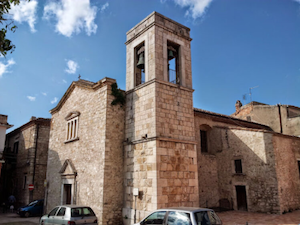
| Stage 1: Church of Montalbo |
| Stage 2: Church of the Madonna delle Grazie. The convent |
| Stage 2 follows: The convent after its abandonment |
| Stage 3: Church of San Michele Arcangelo, Church of San Biagio |
| Stage 4: Church of Santa Maria La Scala, Church of San Giovanni, Church of San Martino dei Greci |
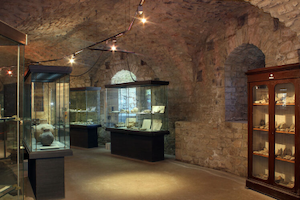
| Stage 1: Civic Library, Historical Archive |
| Stage 2: the National Archaeological Museum. The period preceding the Romanization |
| Stage 2 follows: the National Archaeological Museum. The life of the ancient Hikaru |
| Stage 2 follows: the National Archaeological Museum. The epigraphic collection |
| Stage 2 follows: the National Archaeological Museum. The sculptures and artifacts |
| Stage 2 follows: the National Archaeological Museum. The late ancient and early medieval period |
| Stage 2 follows: the National Archaeological Museum. The permanent exhibition "The Vulture area before the Greeks" |
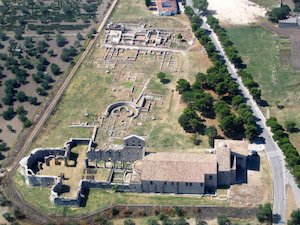
| Stage 1: the archaeological park |
| Stage 1 follows: The amphitheater |
| Stage 2: the Jewish and early Christian catacombs |
| Step 2 follows: notes on the Jewish community |
| Stage 2 follows: the early Christian catacomb |
| Stage 3: The Paleolithic site of Notarchirico |
| Step 3 follows: The Paleolithic site of Notarchirico. The findings |
| Stage 4: the tomb of the consul Marco Claudio Marcello |
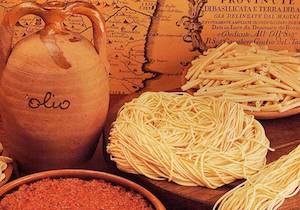
| Cavatelli and "cime di rape" (turnip tops) |
| "Capelli d'Angelo" (Angel hair) with milk sugar and cinnamon |
| "Past 'e tar' cucòzz" Penne with pumpkin sprouts |
| Shepherd's lamb timbale |
| "U Cutturidd" (Sheep meat) |
| Cod with cruschi peppers |
| The "ciammarucchid": very small snails |
| "Pizzicanell" |
| The "Raffaiul"(baked sweets) |
| Cooked grain of the dead |
| The "Scarcedd" (biscuit) of Easter |
| "Cauzinciddi" (puff filled pastry) |
| "Pettole" |
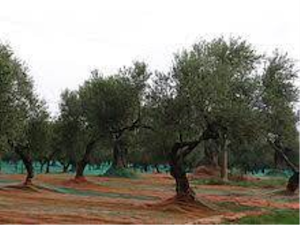
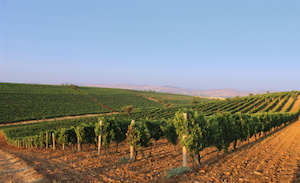
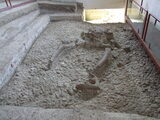
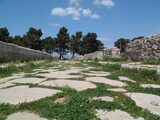
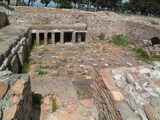
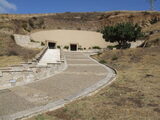
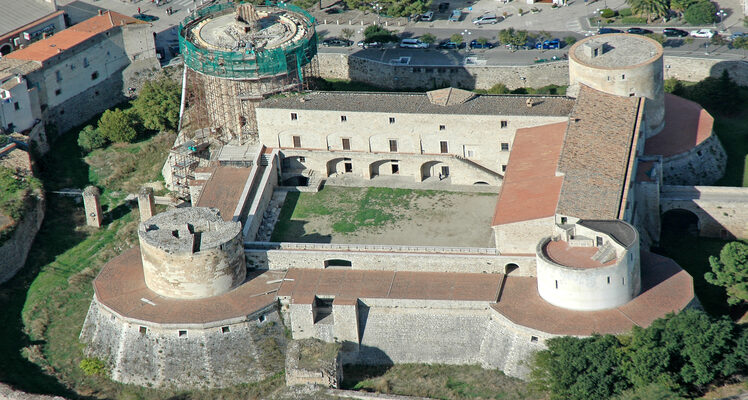
.jpg)
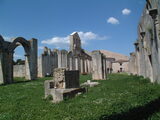
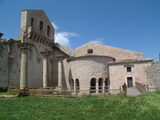
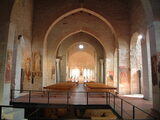
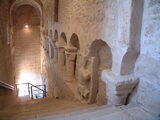
.jpg)
